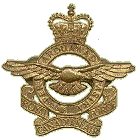AS YOU WERE . . .
WAR YEARS ECLECTICA
JOIN OUR FACEBOOK GROUP HERE
September 2014 Edition
READ THE LATEST MEMORIAL NEWS
IN OUR 2014 SECTION
www.hillmanweb.com/rcaf/memorial/2014
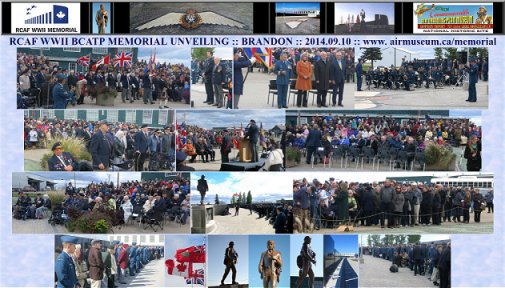
Visit
Gallery One of our Memorial Unveiling Ceremony Photos
http://www.hillmanweb.com/rcaf/memorial/wall/mem01.html
![]()
Brandon Sun ~ September 11, 2014 Issue

![]()
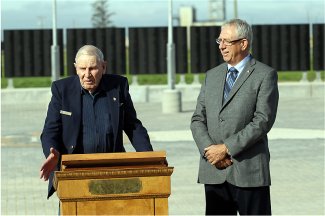
Ottawa pledges $25K to RCAF memorial project
Brandon Sun ~ September 9, 2014
Read the full story in our News Section
http://www.hillmanweb.com/rcaf/memorial/
COUNTDOWN TO SEPT 10 LAUNCH
September 7, 2014 Update
UPDATE
GALLERY III
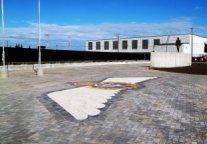

![]()
WORLD WAR II: 75th ANNIVERSARY
PART II (continued
from August Issue)
Ref: CNN
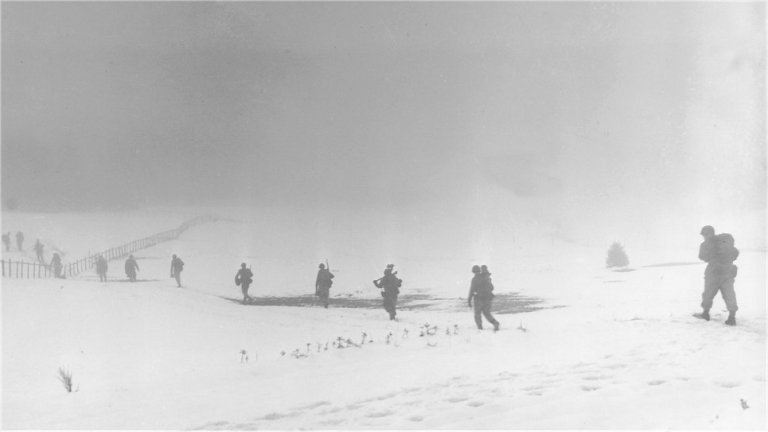
Soldiers of an infantry division move into the mist over a snow-covered
field near Krinkelter, Belgium,
on December 20, 1944, during the Battle of the Bulge.
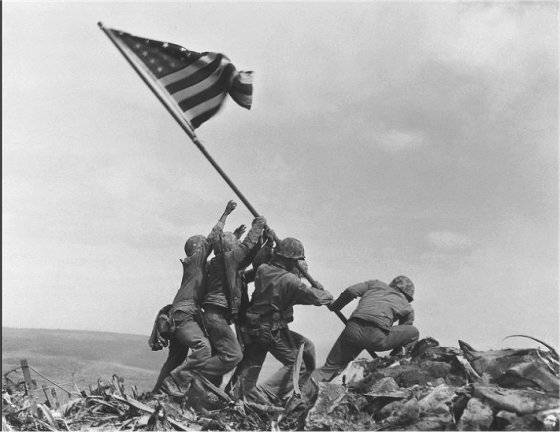
U.S. Marines of the 28th Regiment, 5th Division, raise the American flag atop Mount Suribachi, Iwo Jima, on February 23, 1945.
Strategically located only 660 miles from Tokyo, the Pacific island was essential to launching land-based bombers against Japan.
It was the bloodiest battle in the history of the U.S. Marine Corps, which suffered more than 27,000 casualties.
Of some 18,000 Japanese soldiers defending the island, 216 survived.
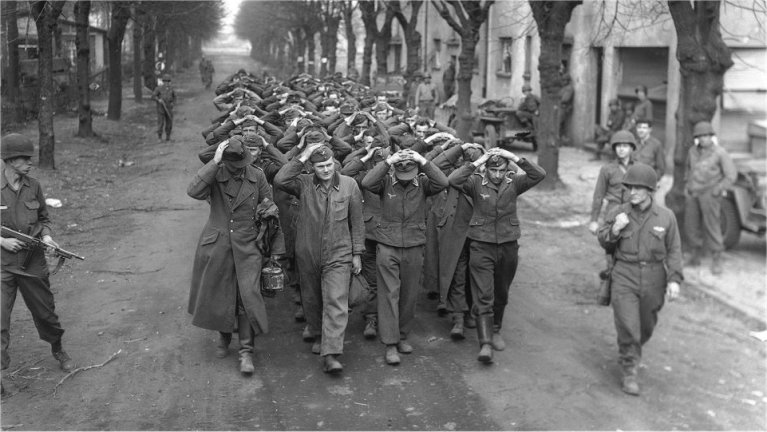
German prisoners captured at Friedrichsfeld march through a town in Germany
after the crossing of the Rhine River by the U.S. 9th Army on March 26, 1945.
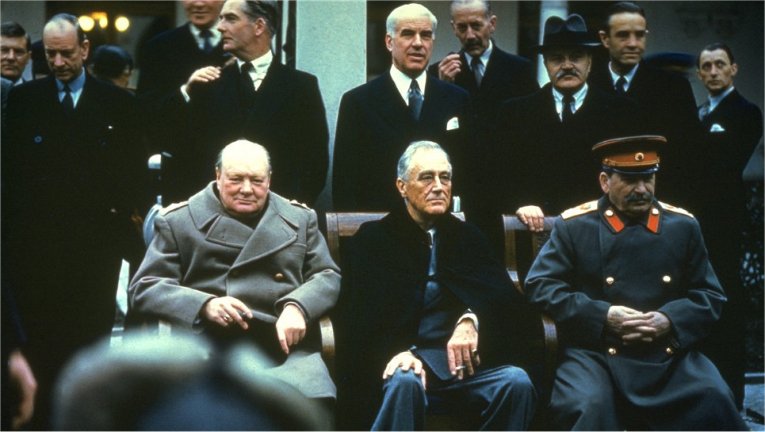
From left, British Prime Minister Winston Churchill, U.S. President Franklin D. Roosevelt
and Russian Premier Joseph Stalin at the Yalta Conference on February 1945.
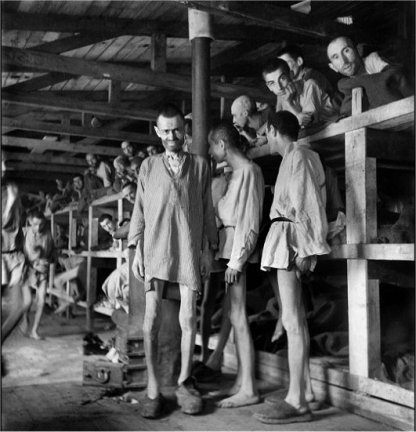
Prisoners line block 61 of Buchenwald concentration camp in April 1945.
The construction of Buchenwald started July 15, 1937, and the camp was liberated by U.S. Gen. George Patton's troops on April 11, 1945.
Between 239,000 and 250,000 people were imprisoned in the camp. About 56,000 died, including 11,000 Jews.
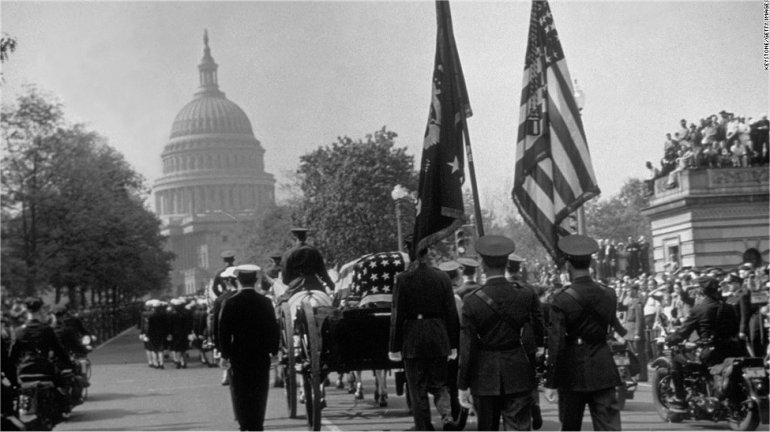
President Franklin D. Roosevelt's funeral procession goes down Connecticut Avenue
on its way to the White House. Roosevelt died on April 12, 1945, just weeks before Germany's surrender.
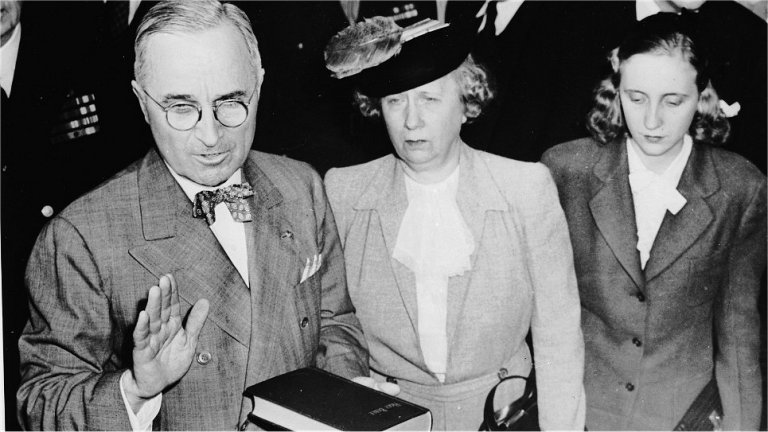
Harry S. Truman takes the oath of office on April 12, 1945, as he becomes the 33rd president of the United States.
Standing beside him are his wife, Bess, and daughter Margaret.
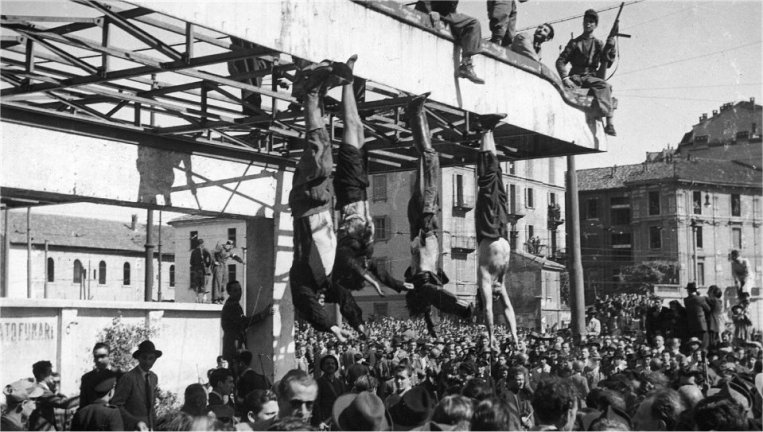
The bodies of Benito Mussolini, left, and his mistress, Clara Petacci, second from left,
hang from the roof of a gasoline station after they were shot by anti-Fascist forces
while attempting to escape to Switzerland on April 28, 1945.
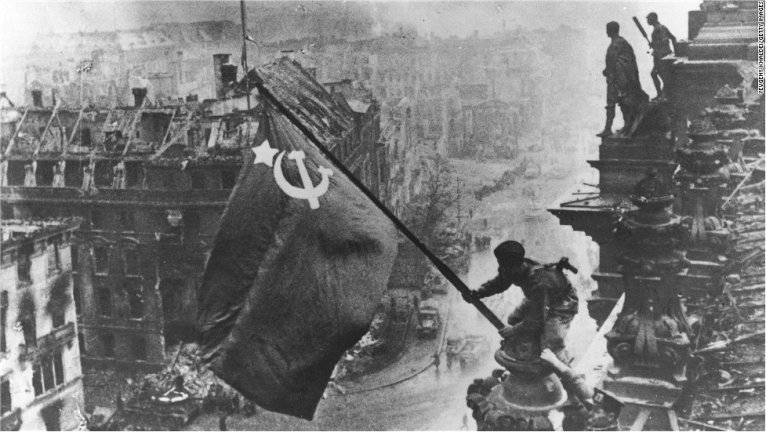
Russian soldiers wave their flag, made from tablecloths, over the ruins of the Reichstag in Berlin on April 30, 1945.
That day, as the Soviets were within blocks of his bunker at the Reich Chancellery, Adolf Hitler committed suicide.
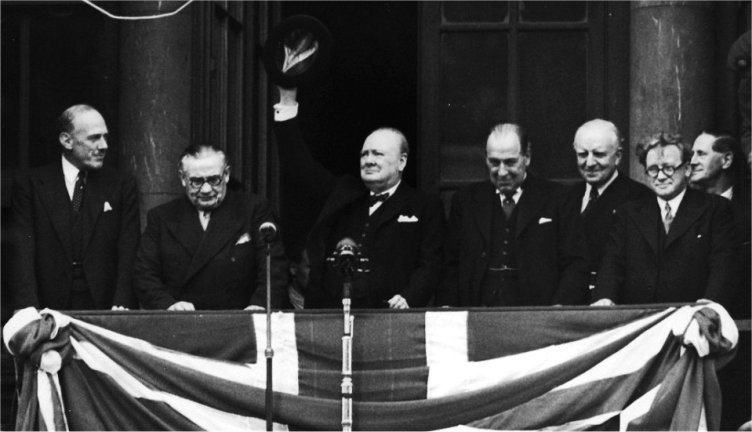
British Prime Minister Winston Churchill addresses the celebrating crowds
from the balcony of the Ministry of Health in Whitehall, London, on V-E Day, May 8, 1945.
The war in Europe is officially over.
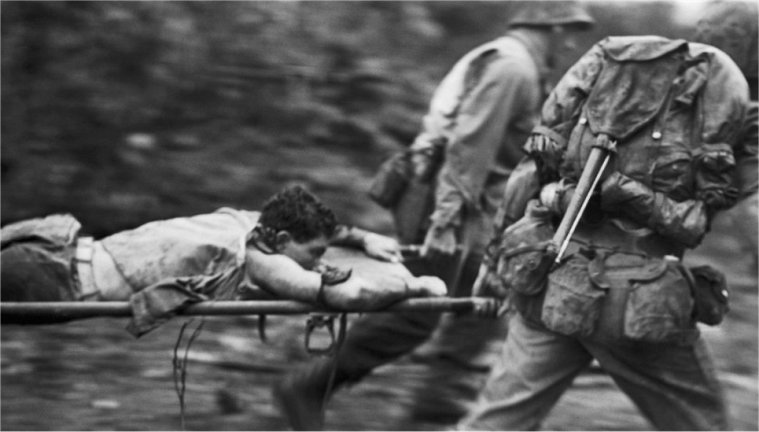
Soldiers rush an injured U.S. Marine from a battlefield in Okinawa Island during the Battle of Okinawa in June 1945.
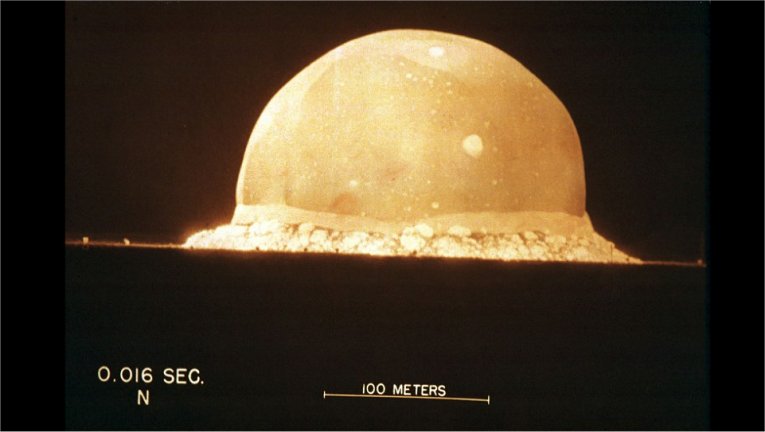
A photograph on display at the Bradbury Science Museum shows
the first instant of the first atomic bomb test, on July 16, 1945, at 5:29 a.m. at Trinity Site in New Mexico.
On July 29, 1945, President Harry Truman warned Japan that the country would be destroyed
if it would not surrender unconditionally.
Japan continued fighting.
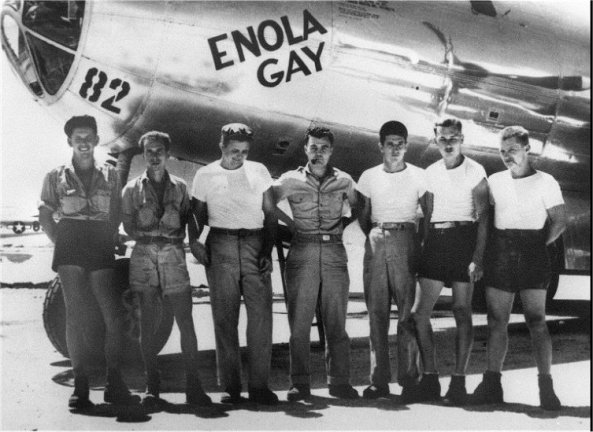
Col. Paul W. Tibbets Jr., center, stands with the ground crew of the B-29 bomber "Enola Gay,"
which Tibbets piloted on August 6, 1945.
The atomic bomb dropped on Hiroshima, Japan, that day killed 140,000 people.
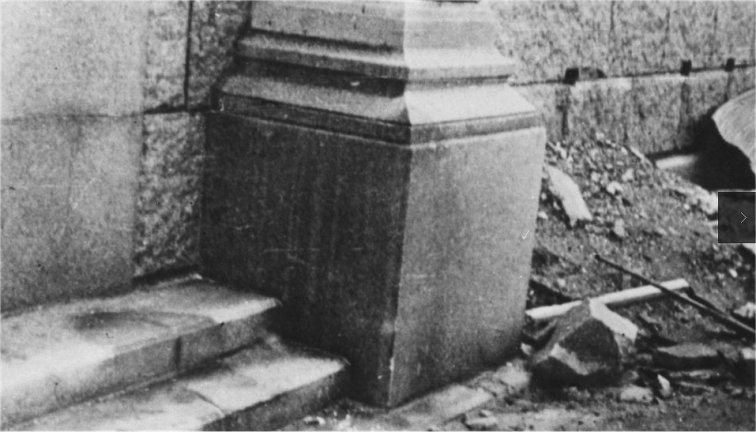
The "shadow" of a victim remains in June 1946 on some steps, left,
after the atomic bombing of the Japanese city of Hiroshima by the United States.
The person had been sitting on the steps when the heat from the explosion burned the surface of the stone around the victim's body.
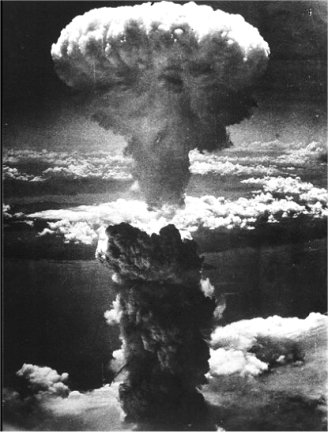
A dense column of smoke rises more than 60,000 feet into the air over the Japanese industrial port of Nagasaki,
the result of an atomic bomb, the second ever used in warfare, on August 8, 1945.
It was dropped from a U.S. Air Force B-29 Superfortress.
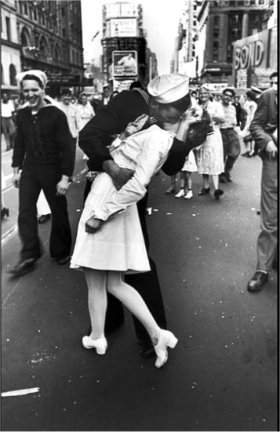
V-J Day: A jubilant American sailor hugs a nurse
as he celebrates the news that Japan has surrendered, on August 14, 1945,
with thousands of others in New York's Times Square.
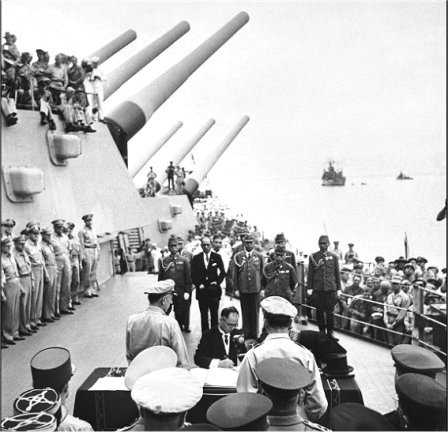
Japanese Foreign Minister Mamoru Shigemitsu signs the Japanese Instrument of Surrender
on the deck of the USS Missouri in Tokyo Bay on September 2, 1945, in Japan,
officially bringing World War II to an end.
Overseeing the surrender is U.S. Gen. Douglas McArthur (right, back to camera).
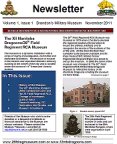
 .
.